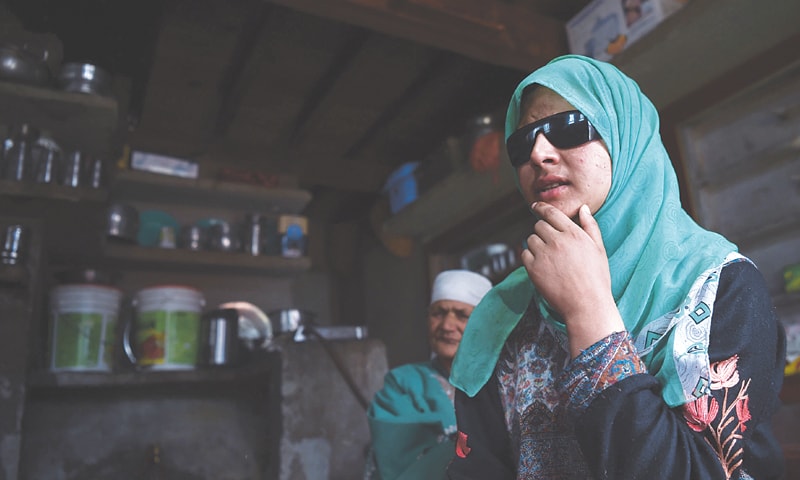There was a time when India believed that psychological tactics of warfare could help it win over Kashmiris adamant in their demand for independence. It came up with the Winning Hearts and Minds (WHAM) doctrine through which it introduced community-based programmes. But those resisting saw WHAM for the sham it was and quickly evolved their own psychological tactics of resistance.
A brigade of young people from various backgrounds took to social media and made sure that anyone writing off the resistance in Kashmir would be riposted. Over the years, India’s sly tactic petered out and it lost the psychological war in Kashmir so badly that even a feeble attempt to revive it would backfire. It’s only remaining device to silence the Kashmiris demanding independence is its military might.
It was in July 2016, almost a year ago, when Burhan Muzaffar Wani — an iconic rebel commander in Kashmir — was shot dead by Indian soldiers. His killing led to a mass uprising which does not seem to end. Almost 150 civilians were shot dead, over 15,000 were injured, and dozens were blinded on the streets by Indian soldiers in the resulting fray. The fallen became symbols of Kashmir’s grave situation.
Recently, in South Kashmir’s Kulgam, 25-year-old Bilal (name changed) who was released after spending two weeks in detention for throwing stones at soldiers, told me: “Almost everyone in Kashmir understands that there is oppression.” Bilal has been arrested several times in the past but continues to join demonstrations.
He added: “So we had two ways to resist oppression — the first was through holding dialogue, but they [authorities] are not even ready to hold talks. Now, Kashmiris have realised that there is only one solution — gun and stones.”
Wani bolstered the fading sentiment of breathing in a free country. In life, he was the poster boy of rebellion and in his death he unified Kashmiris like never before. It was under his shadow that a young man, Sabzar Ahmad Bhat, decided to join the rebels in April 2015.
Bhat was known to be the successor of Wani. Last week, on May 27, when he was shot dead along with 16-year-old rebel Faizan Ahmad, Kashmir erupted again. The Valley remained shut for three days in response to a call from the pro-freedom leadership, while the authorities imposed a strict curfew and a ban on mobile Internet. One civilian was shot dead and dozens were injured in clashes with government forces. Protests erupted across the Valley in support of Bhat and hundreds of rebels like him, who continue to intensify the independence movement in Kashmir.
There used to be a time when a solution outside of complete independence for Kashmir could be viewed as a possibility. There are no shades of grey anymore — you are either with India or with Kashmir.
Rashid, 20, who refuses to share his surname out of fear of persecution, lives some 10 miles from Bhat’s hometown. He believes that the Kashmir movement is alive because of the people on the ground. “It would have been highlighted through media only — but you can see Internet is shut down first. If pro-freedom leaders try to do any activity they are arrested so they can’t reach out to world.”
Rashid dismisses India’s classist explanation that it is only the poor in Kashmir who protest. “There is no divide between the rich and poor [when it comes to] throwing stones or [holding] protests in Kashmir,” he says. “It is India’s propaganda to divide the people and affect the freedom movement. If you check out the details of militants today, you will find that very few of them hail from poor families.”
Times have changed since Wani’s killing. Now acts of torture and killings are met with young men taking to the streets with the one wish: death or freedom. On the streets, the rebels are seen as heroes who will extract Kashmir out of Indian military control.
Requesting anonymity, a university student who recently joined the protests, believes that a few hundred rebels may not win against a mighty army but “when someone joins rebels it is a big benefit.”
While the news of Wani and Bhat’s killings made headlines, it did not inspire fear. The defiance only grew and the narrative shifted in the favour of rebels. Without looking at Kashmir as a political dispute that needs a political solution, bloodshed in Kashmir may never stop. Only the young will die in a war slipping away from India’s control.
Published in Dawn, June 9th, 2017














































